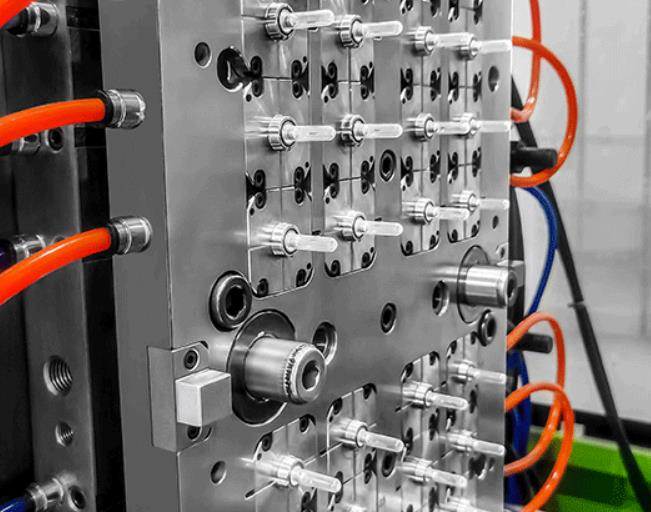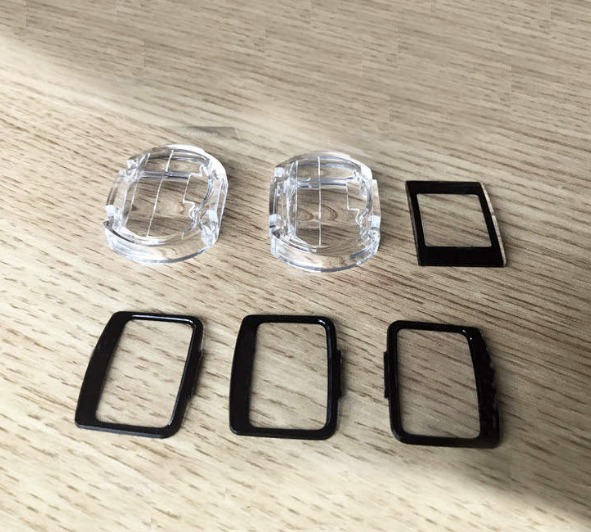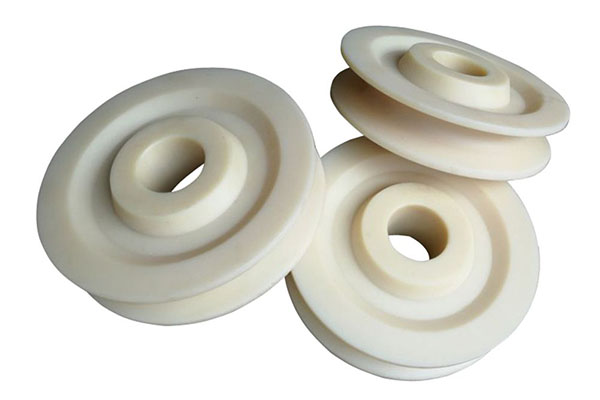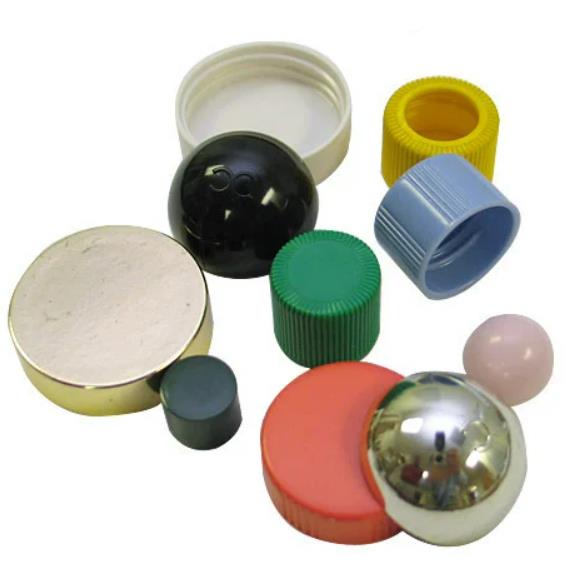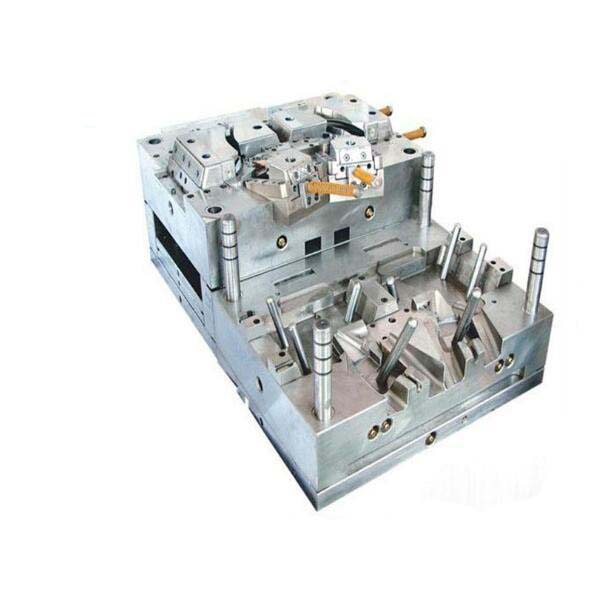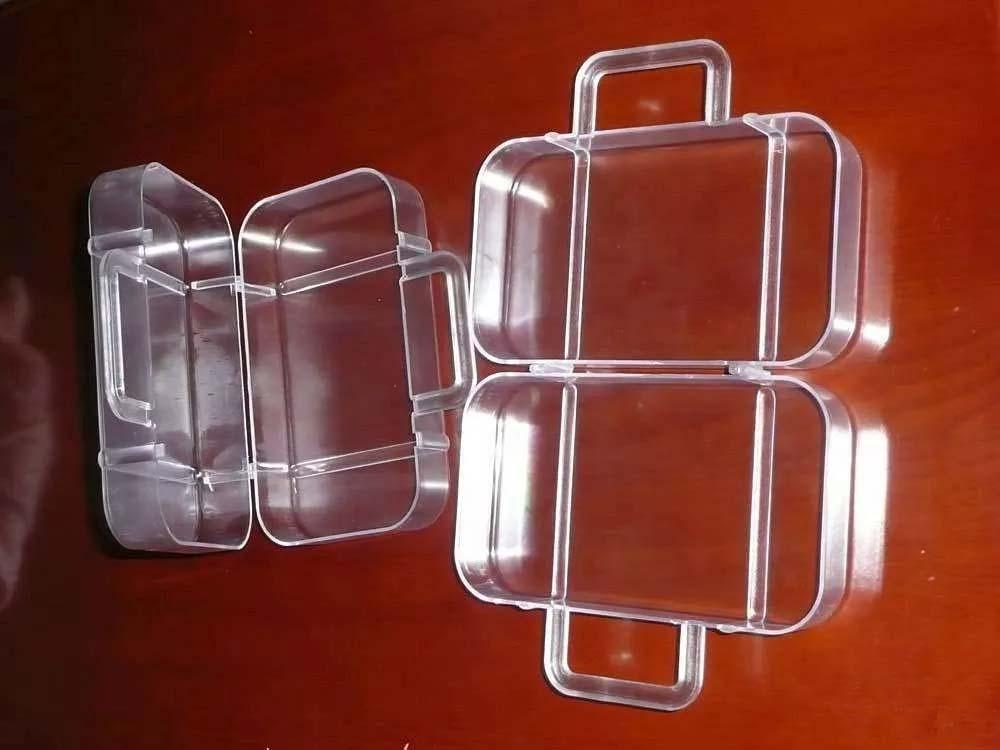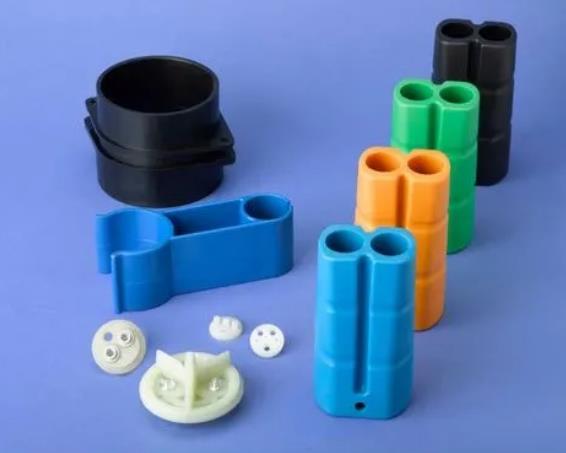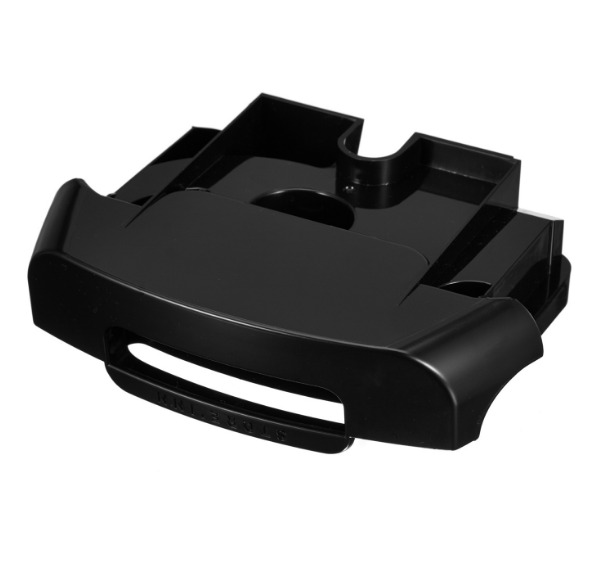Introduction
Understanding the Significance of Medical Plastic Injection Molding
Medical plastic injection molding is the linchpin of modern healthcare manufacturing. This process involves injecting molten plastic into a mold cavity, where it cools and solidifies into the desired shape, which is used in a wide array of medical devices. Its importance in the medical field cannot be overstated.
Medical devices are crucial for diagnosing, treating, and monitoring diseases. In the manufacturing of these devices, plastic injection molding technology plays a pivotal role. For example, it ensures high precision and consistency. The manufacturing of medical devices demands a high degree of accuracy and consistency to guarantee product reliability. Injection molding can precisely control the amount of material injected and the temperature, resulting in consistent parts. This is particularly crucial for devices that require precise fitting, such as surgical tools and medical sensors.
Moreover, it offers great material flexibility. Medical devices often need to use special materials to meet specific requirements such as biocompatibility, chemical corrosion resistance, and high temperature and pressure resistance. Injection molding allows manufacturers to choose from a variety of materials, including polymers, silicones, etc., to meet the needs of different devices. This flexibility enables manufacturers to select the most suitable materials according to the product's application.
In terms of production efficiency, injection molding is a highly efficient production method that can produce a large number of device parts in a short time. This is especially important for meeting the demands of the medical device market, as the healthcare industry constantly needs to satisfy the growing market needs. An efficient production method can reduce manufacturing costs while ensuring product quality.
Another advantage lies in its ability to handle complex structures. Many medical devices require complex structures and designs to achieve their functions. Injection molding technology can easily manufacture parts with complex geometries without additional processing steps. This provides greater freedom for the innovation of medical devices, enabling designers to develop more innovative products.
Last but not least, it helps with cost control. The production of medical devices must control costs while ensuring quality and safety. Injection molding can reduce production costs by automating the production process, reducing waste rates, and minimizing material waste. This helps to ensure that medical devices are reasonably priced and more accessible.
The global market for medical plastic injection molding is booming. According to QYR (恒州博智) statistics and forecasts, the global medical device injection molding parts market sales reached \(36.48 billion in 2024, and are expected to reach \)51.08 billion in 2031, with a compound annual growth rate (CAGR) of 5.0% from 2025 - 2031. This growth is driven by the increasing demand for medical devices, technological advancements, and the need for cost - effective manufacturing solutions. As the industry continues to grow, the role of medical plastic injection molding companies becomes even more crucial. These companies are responsible for bringing innovative and high - quality medical products to the market, making healthcare more accessible and effective.
Key Aspects of Medical Plastic Injection Molding Companies
1. Quality Standards and Regulations
Medical plastic injection molding companies operate under a stringent framework of quality standards and regulations. One of the most prominent is ISO 13485:2016, which is specifically designed for the medical device industry. This international standard focuses on ensuring the quality management systems of medical device manufacturers, including those involved in plastic injection molding.
Compliance with ISO 13485 means that a company must have a well - defined quality management system in place. This includes procedures for design control, risk management, production and service provision, and monitoring and measurement. For example, during the design phase, companies need to conduct thorough risk assessments to identify potential hazards associated with the medical product. This ensures that the final product is safe and effective for its intended use.
In addition to ISO 13485, companies must also adhere to regulations set by regulatory bodies such as the US Food and Drug Administration (FDA) in the United States and the European Medicines Agency (EMA) in Europe. The FDA has a comprehensive set of regulations for medical devices, from pre - market approval processes to post - market surveillance. For instance, Class III medical devices, which are the most complex and high - risk devices, require pre - market approval (PMA), where companies must submit extensive data on product safety and effectiveness. These standards and regulations significantly impact a company's operations. They require continuous investment in quality control systems, staff training, and documentation management. Non - compliance can lead to severe consequences, including product recalls, fines, and damage to the company's reputation.
2. Technological Capabilities
Advanced technological capabilities are the cornerstone of successful medical plastic injection molding companies. High - precision mold manufacturing is one of the key areas. Precision molds can produce medical components with tight tolerances, often within micrometers. For example, in the production of micro - fluidic devices used in diagnostic testing, the molds need to be extremely precise to create channels and chambers with accurate dimensions. This ensures the proper flow of fluids and the accuracy of test results.
State - of - the - art injection molding machines are also essential. These modern machines offer better control over the injection process, such as precise control of injection pressure, temperature, and speed. Some advanced injection molding machines can adjust the process parameters in real - time based on sensor feedback, which helps to maintain product quality consistency. For example, if the temperature of the molten plastic deviates slightly during the injection process, the machine can automatically adjust the heating system to bring it back to the optimal range.
Another technological advancement is the use of multi - shot injection molding. This technique allows for the creation of complex medical parts with multiple materials or colors in a single molding cycle. For instance, in the production of a medical syringe, multi - shot injection molding can be used to combine a clear plastic barrel with a colored plunger made of a different material, all in one operation. This not only improves production efficiency but also enhances the functionality and aesthetics of the product. These technological capabilities directly contribute to the improvement of product quality and production efficiency. High - precision molds and advanced injection molding machines reduce the number of defective products, while multi - shot injection molding and other advanced techniques enable the production of more complex and innovative medical devices in a shorter time.
3. Material Expertise
Medical plastic injection molding companies need to have in - depth knowledge of a wide range of plastic materials suitable for medical applications. Some commonly used materials include Polypropylene (PP) and Polyethylene (PE).
PP is a popular choice due to its excellent chemical resistance, high strength - to - weight ratio, and good biocompatibility. It is often used in the production of medical containers, syringes, and some surgical instruments. Its chemical resistance makes it suitable for storing various medical fluids without being affected by chemical reactions. For example, in the packaging of liquid medications, PP containers can ensure the stability and integrity of the drugs over an extended period.
PE, on the other hand, is known for its flexibility, low cost, and good impact resistance. It is frequently used in applications such as tubing for medical fluid transfer, blood bags, and some disposable medical products. The flexibility of PE tubing allows for easy manipulation during medical procedures, while its low cost makes it suitable for large - scale production of disposable items.
Other materials like Polycarbonate (PC) are used for their high - temperature resistance and optical clarity. PC is often employed in the production of medical lenses, instrument housings, and some surgical equipment that needs to withstand sterilization processes at high temperatures. The material's properties have a significant impact on the performance of medical products. For example, the biocompatibility of the material ensures that it does not cause any adverse reactions when in contact with the human body, which is crucial for implantable devices or those used in invasive procedures. The chemical resistance and durability of the material also determine the lifespan and reliability of the medical product.
How to Choose the Right Medical Plastic Injection Molding Company
1. Assessing Your Needs
Before starting the search for a medical plastic injection molding company, it's crucial to clearly define your needs. First, determine the type of medical products you want to manufacture. For example, if you're developing a new type of surgical instrument, you'll need a company with experience in producing high - precision, durable plastic components. On the other hand, if it's a disposable medical device like a syringe, the requirements will focus more on high - volume production and cost - effectiveness.
Next, estimate your production volume requirements. If you anticipate a large - scale production run, you'll need a company with sufficient production capacity and efficient manufacturing processes to meet your deadlines. Small - scale or prototype production may require a company that can handle low - volume orders with flexibility and quick turnaround times.
Quality standards are non - negotiable in the medical industry. You need to identify the specific quality standards your product must meet, such as ISO 13485 compliance, or any regulatory requirements specific to your target market. For instance, if you're selling products in the US, compliance with FDA regulations is essential. Conducting a detailed needs analysis like this will serve as a compass throughout your search for the right injection molding company.
2. Researching Potential Companies
Once you have a clear understanding of your needs, start researching potential medical plastic injection molding companies. A great starting point is to visit the companies' official websites. Here, you can learn about their capabilities, such as the types of plastic materials they work with, the size and complexity of the parts they can produce, and their manufacturing processes. Look for case studies or success stories on their websites, as these can give you real - world examples of their work.
Another valuable source of information is customer reviews and testimonials. Platforms like industry - specific forums, business review websites, and even social media can provide insights into the experiences of other clients. Pay attention to comments about product quality, on - time delivery, customer service, and any issues that clients may have faced and how the company resolved them.
You can also seek recommendations from industry peers, suppliers, or professional networks. People with firsthand experience in working with medical plastic injection molding companies can offer valuable advice and point you towards reliable companies. After gathering this information, create a shortlist of companies that seem to meet your requirements based on their capabilities, reputation, and customer feedback.
3. Requesting Quotes and Samples
After shortlisting potential companies, the next step is to request quotes and samples. Requesting quotes allows you to compare the cost - effectiveness of different companies. When evaluating the quotes, make sure to consider all the factors involved, such as the cost of materials, production processes, tooling, and any additional services. Don't just focus on the lowest price; also consider the quality and value that each company offers.
Samples are equally important as they give you a tangible representation of the company's product quality. Examine the sample's physical appearance, dimensions, and functionality. Check for any defects, such as warping, surface imperfections, or incorrect tolerances. If possible, test the sample in a simulated or real - world environment similar to the actual use of your product. This hands - on evaluation of samples and quotes will help you make an informed decision when choosing the right medical plastic injection molding company for your project.
Yigu Technology's Perspective
Yigu Technology firmly believes that innovation and customization are of utmost importance in the field of medical plastic injection molding. Drawing on our rich experience in customizing non - standard plastic metal products, we are acutely aware of the challenges and keys to meeting the unique needs of the medical industry.
We emphasize close cooperation with customers, providing comprehensive support from the design phase all the way to production. By leveraging advanced technologies and implementing strict quality control measures, we ensure that our products meet the highest medical standards. Our goal is to assist our customers in achieving success in the highly competitive medical market. Whether it's developing a new medical device or improving an existing one, we are committed to being a reliable partner, offering tailored solutions that not only meet but exceed customer expectations.
FAQs
1. What are the most common plastic materials used in medical plastic injection molding?
The most common plastic materials are Polypropylene (PP), Polyethylene (PE), and Polycarbonate (PC). PP is used for its chemical resistance and biocompatibility in items like medical containers. PE, with its flexibility and low cost, is suitable for tubing and blood bags. PC, known for high - temperature resistance and optical clarity, is used in medical lenses and instrument housings.
2. How important is ISO 13485 compliance for medical plastic injection molding companies?
ISO 13485 compliance is extremely important. It ensures that a company has a proper quality management system for medical device manufacturing. This includes aspects like design control, risk management, and production processes. Non - compliance can lead to serious consequences such as product recalls, fines, and damage to the company's reputation.
3. How can I ensure the quality of samples provided by a medical plastic injection molding company?
Examine the sample's physical appearance for any defects like warping or surface imperfections. Check the dimensions to ensure they meet the required tolerances. If possible, test the sample in a simulated or real - world environment similar to the actual use of your product to assess its functionality.
